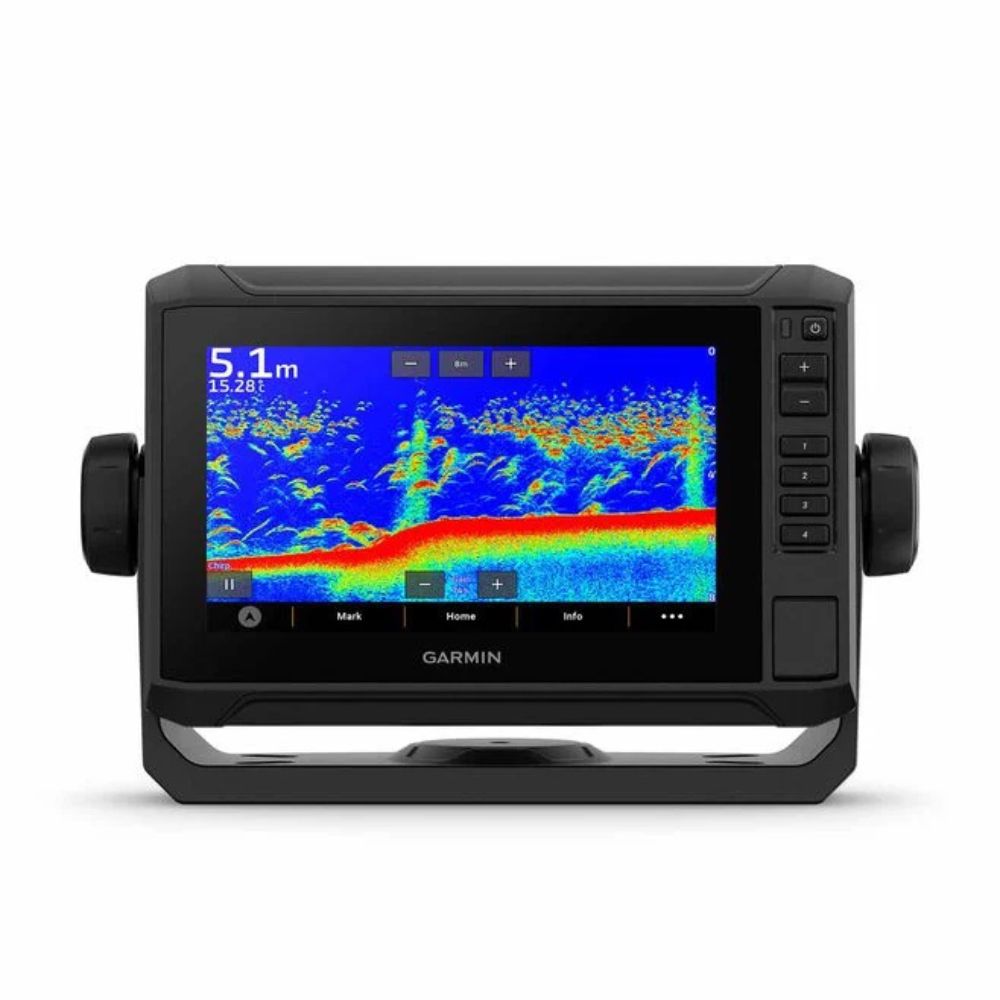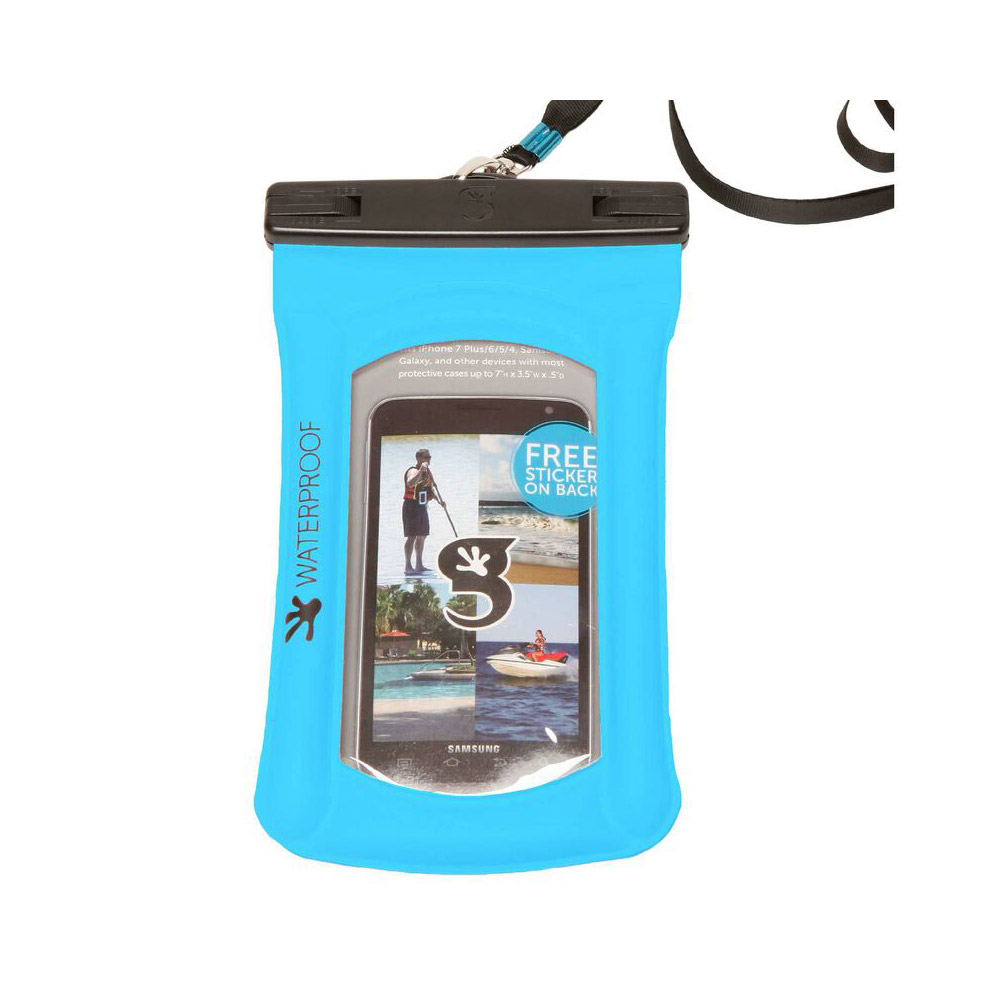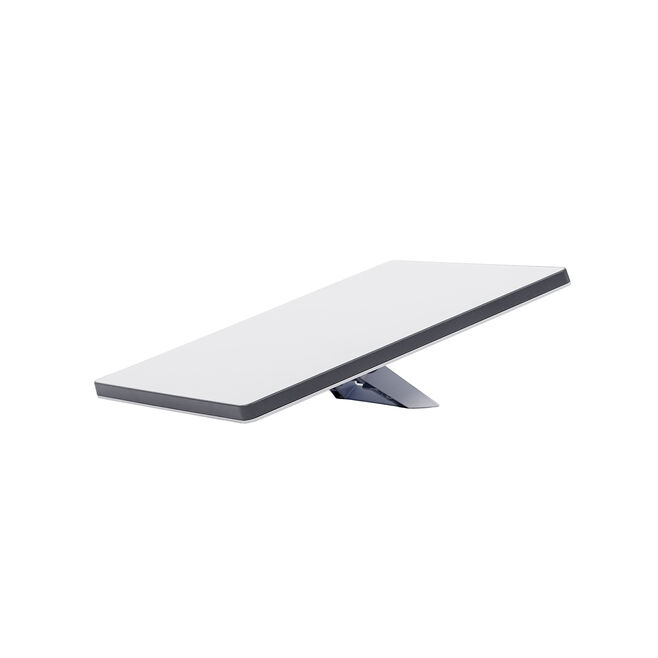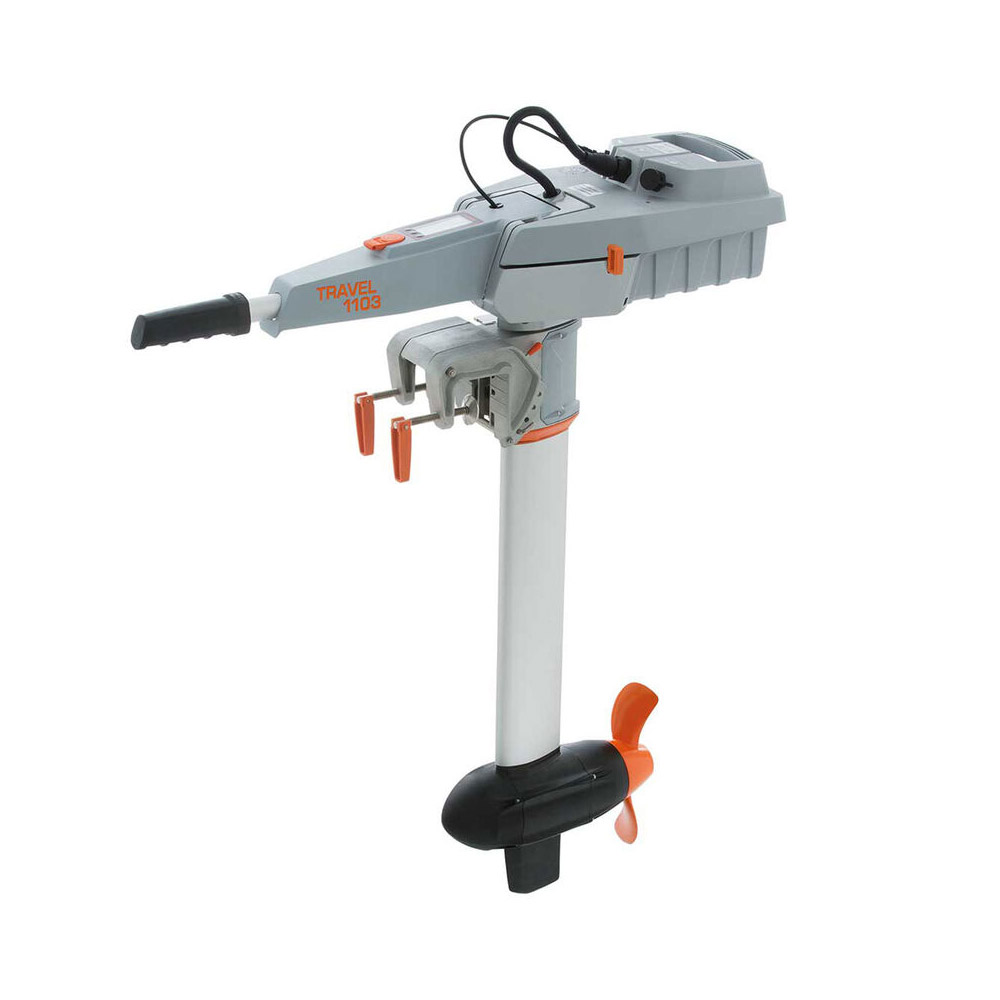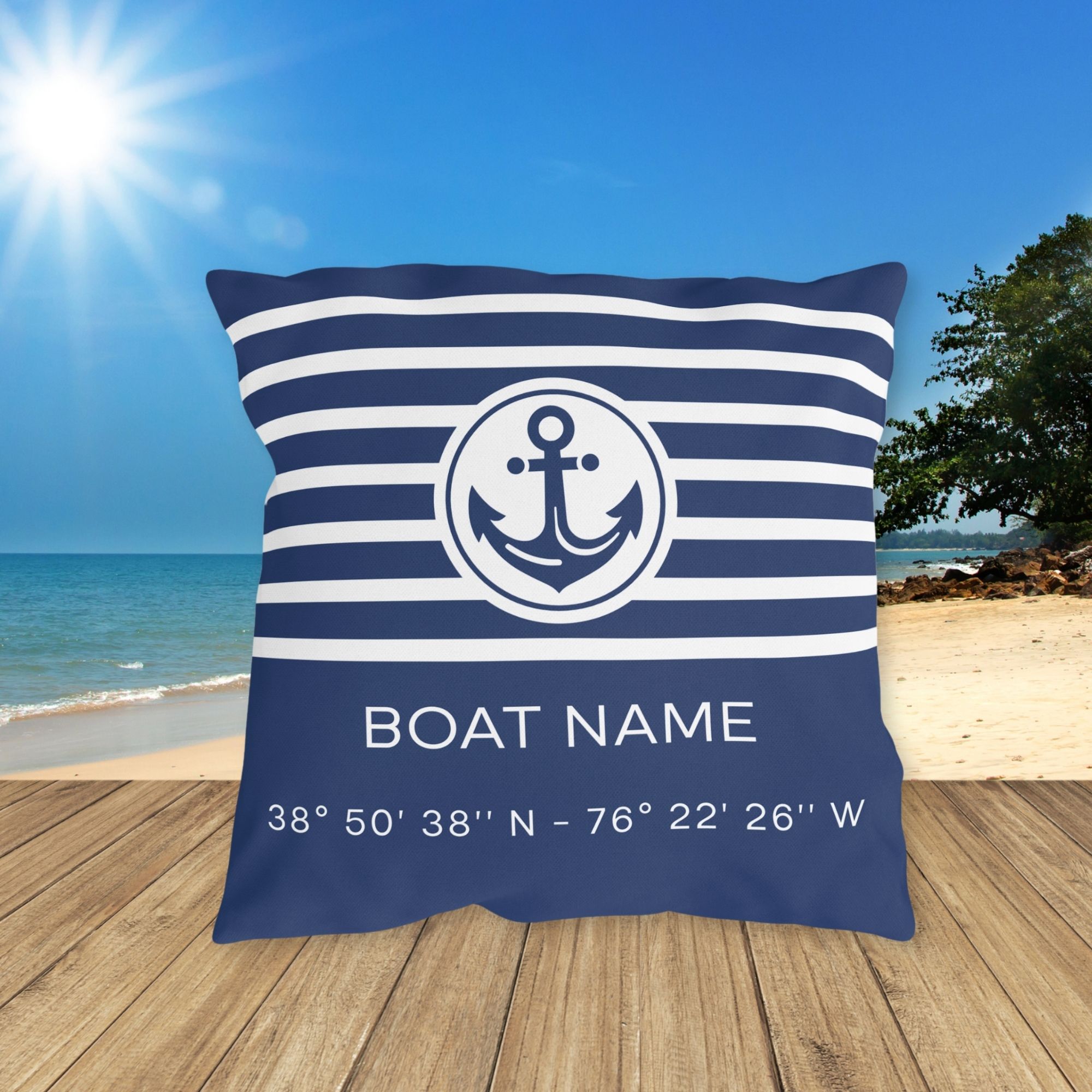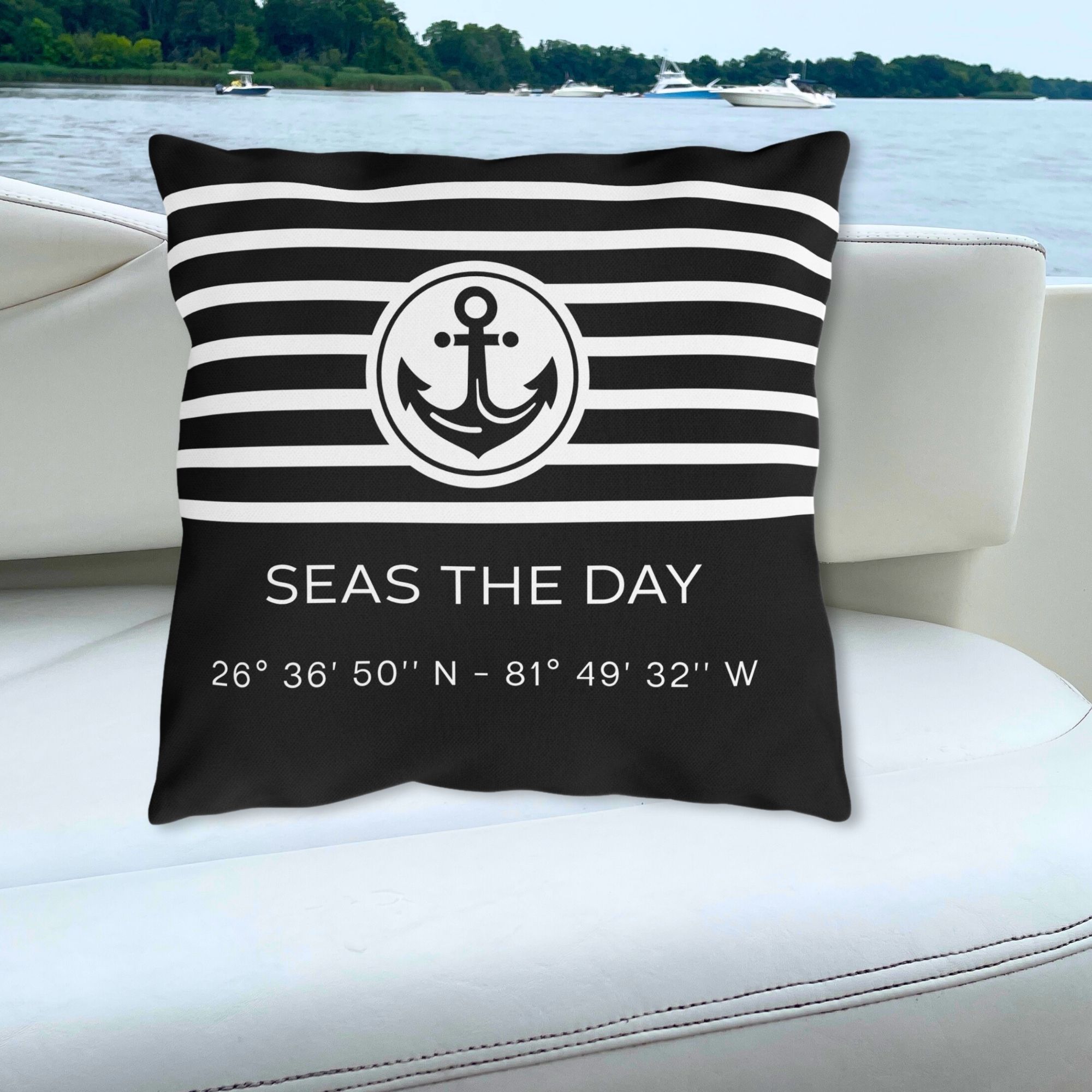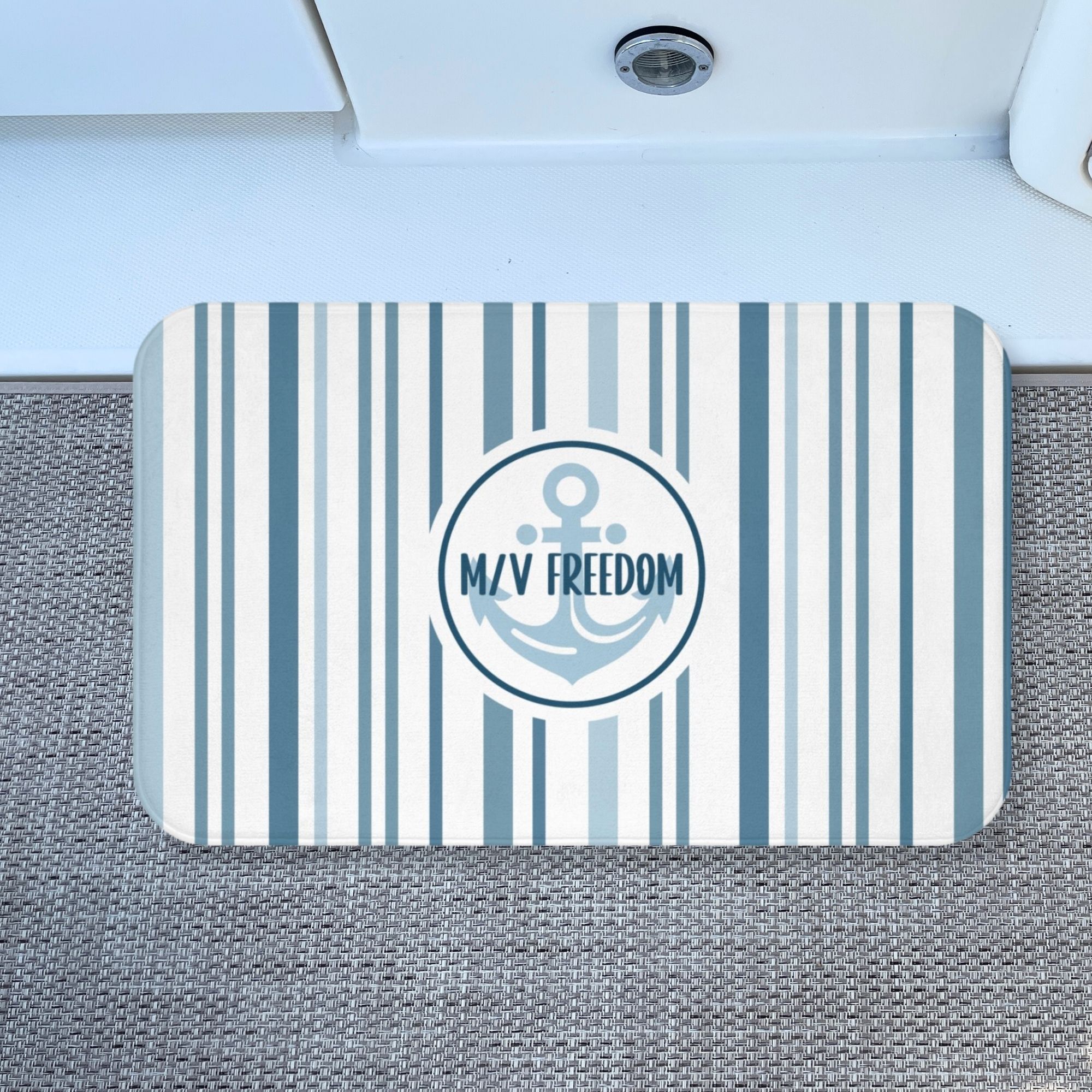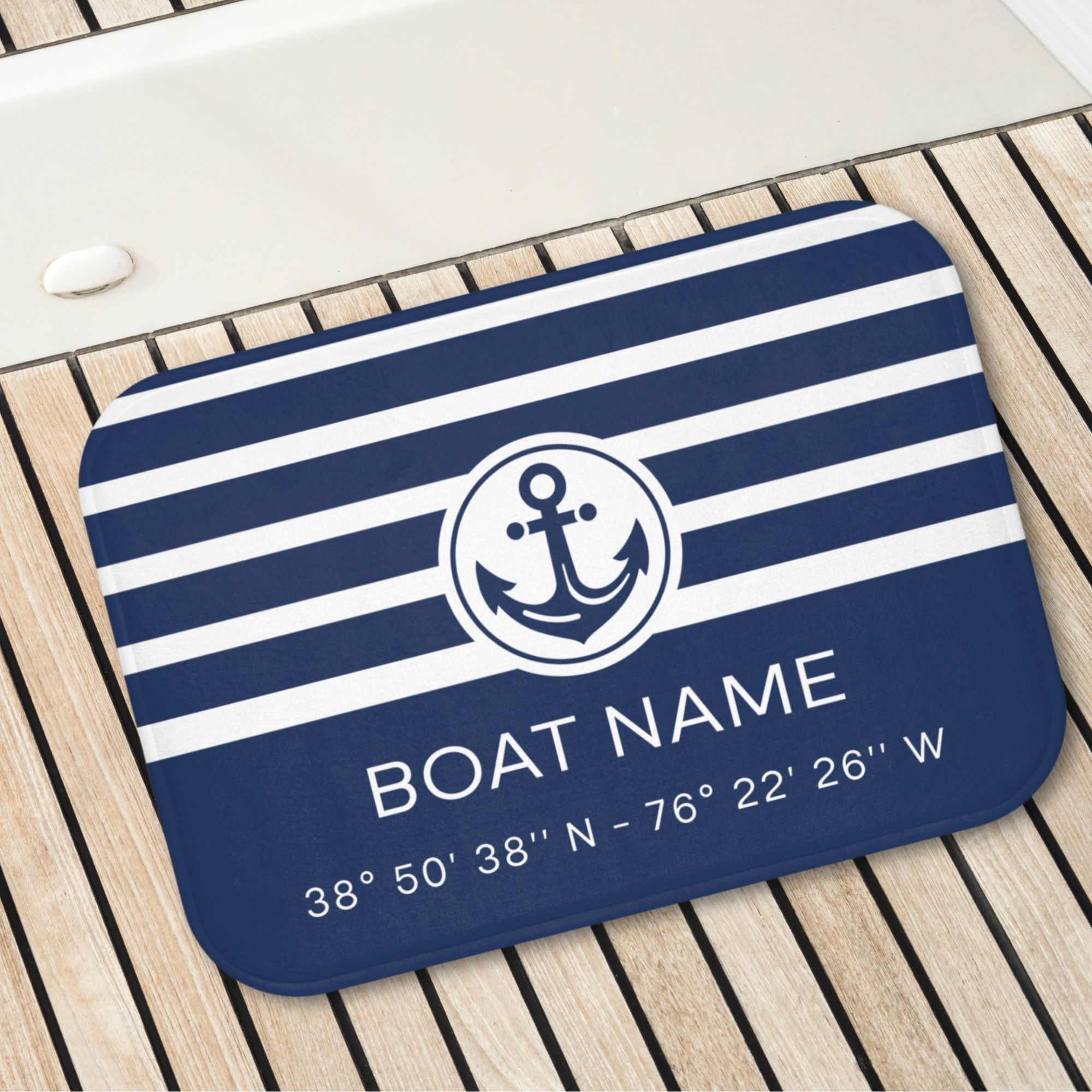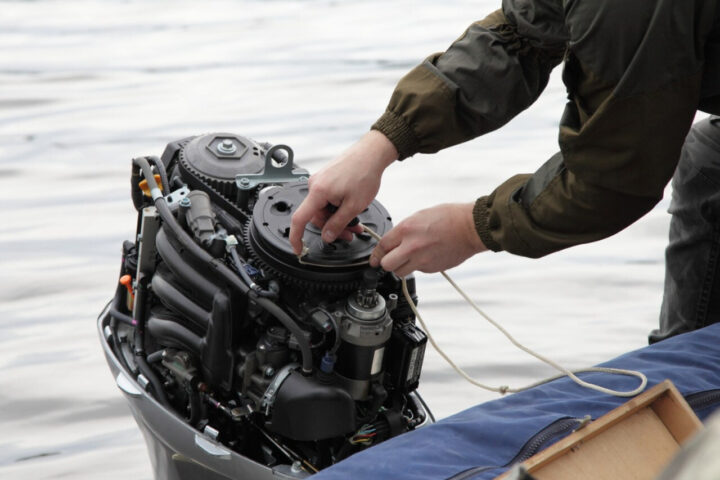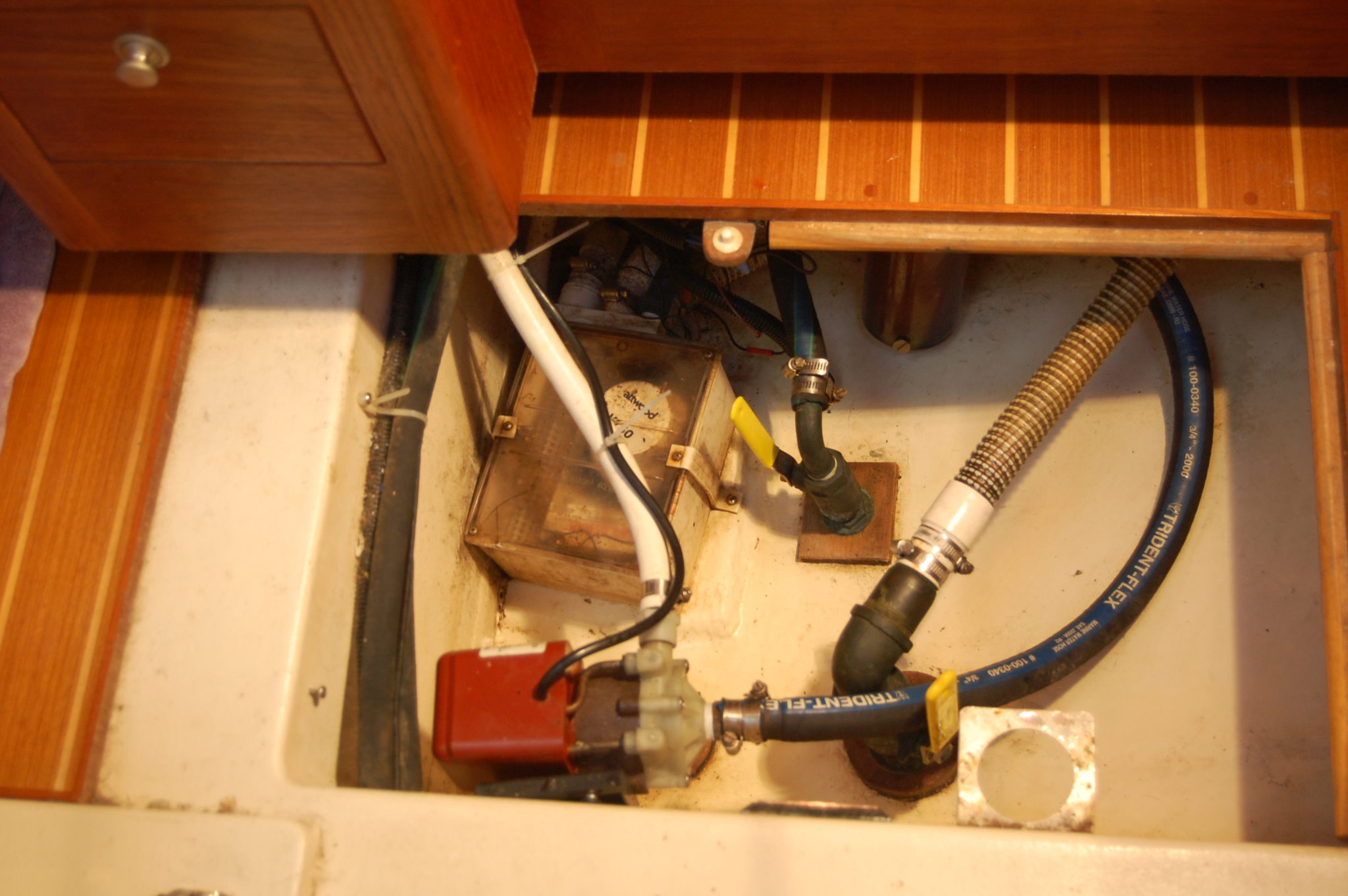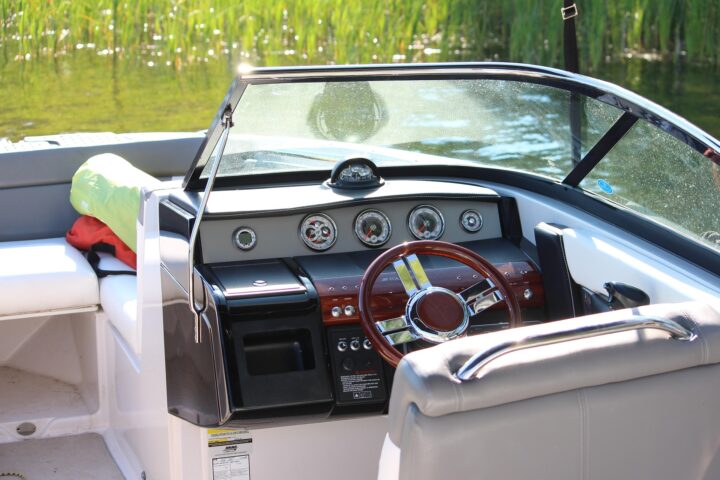
You cannot buy a reliable boat, but you can buy, configure and operate a reliable boat. It is up to the Boat owner/operator to make sure everything has been done to increase the chances to getting where you are going and back again, safely, without a tow.
Whenever Navy Captains go to sea they know their ship is configured with the equipment, supplies and expertise necessary to fulfill the intended mission and get back home. Of course they have the resources of the US Navy at their disposal. Having designed US Naval systems for over 25 years, I assure you that while those pockets are deep, they trade off every design decision with cost, just like you.
The Navy relies on analysis and planning to determine how reliable they are. When those details show a critical component might cause a mission failure, they either fix it, replace it or they might get towed back to port. Towing is not a good career choice for a Navy Captain. You have the same choice, but have you done the analysis and planning?
Base your analysis and plan on your mission. Are you sight-seeing on a sunny afternoon with many other boaters nearby or are you making an ocean crossing? Each mission demands a different boat configuration and a different operating plan.
Equipment fails, people make mistakes, God is sovereign. The best we can do as mere mortals is to increase the likelihood that our boat will continue to perform its intended function. Like the Navy we use analysis and planning to create reliability. This is a mind set and a way of thinking; What can happen, how do you keep it from happening and what can you do about it if it does happen?
Start by thinking about what could go wrong:
- Boats Sink – hull damage, wave over the gunnel, rain, snow and ice…
- Engines stop – fuel, ignition, cooling, lubrication
- Steering fails
- Weather gets bad – staying afloat,
- Fire aboard
- Someone gets sick or injured
- Man overboard
Cover everything you can think of. Do what you can with the resources you have.
Let’s look at boat sinking as an example. According to US Coastguard data, if your boat sinks there is an 11-14% chance that someone will die. Additionally there is a 100% chance that it will cost you a lot of money. So lets not sink.
A Sinking Example
A newspaper article a while ago reported that a 36 ft boat coming up the Mohawk river in NY sank on a routine voyage. The boat had made the trip many times and the owner was just cruising along on a nice spring day. He felt a bump. Since everything kept working he kept going, until the boat responded sluggishly. He went below and found 6 inches of water on the cabin deck. The boat sank shortly afterward. At that point there was nothing he could do to save it.
He obviously didn’t plan on hitting an underwater obstruction. He didn’t have:
- A high water alarm
- Enough emergency bilge pump to keep it afloat
- Emergency collision mats to slow the water influx
In most emergencies, you need as much time a possible to respond in order to minimize the damage. This guy used his feet on the deck below as the high water alarm. How long did that take to sound? Too long. At a bare minimum every boat needs a high water alarm in every water tight compartment.
I don’t know how much bilge pump capacity he had, but it was not enough. How much do you need? You cannot have too much. Here is where you trade off. You might want enough to stay afloat if your SONAR transducer falls out. Let’s say the ‘ducer is 2” in diameter. So how much pumping do you need for a 2” hole in the bottom of your boat? The answer for an average 25 ft boat is approximately, 55 GPM that’s 3,300 GPH. A good rule of thumb is to double that. This is a very doable amount of bilge pump capacity. You will also want to configure those pumps in a primary and secondary fashion. Keep the larger secondary pump above the primary to keep it fresh and ready for battle damage (check out this Reliable Boat post for more details on bilge pumps).
Emergency collision mats might seem a bit too much, but I will bet the owner of that boat wishes he had them.
Make an Analysis and a Plan
Change your mindset and make a list of what could go wrong then add to the list what can you do about it. This can be an extensive list but you can start with the basics.
Boat sinking:
- What can you do to keep boat from sinking and keep the passengers safe
- Sufficient, redundant bilge pump capacity, high water alarm, collision mats, PFDs
Engine Failure:
- Fuel system
- Water separator, Filter, redundant fuel pump, non-ethanol fuel, fuel stabilizer
- Ignition system (gas engine)
- Replace sparkplug wires regularly
- Cooling system
- High temp alarms in multiple places
- Exhaust manifold surface temperature (<150oF)
- Heat Exchanger; 4 sensors raw water in, raw water out, fresh water in fresh water out.
- Cylinder head water temperature (depending on engine)
- High temp alarms in multiple places
Steering Failure:
- Drag a drogue or bucket on one side to steer that direction
Weather gets bad – staying afloat:
- Pray
- Emergency bilge pump(s)
- Keep the bow in toward the coming waves. Use a sea anchor or drogue when no engines are running
Fire aboard:
- Use gas detectors if propane or gasoline are aboard
- Automatic fire suppressants in engine room
Someone gets sick or injured:
- First Aid kits, sea sickness tablets
- Be sure that someone has the necessary skills to get the boat home if the operator becomes incapacitated.
Man overboard (MOB):
- Study and practice MOB techniques
- Use PFDs
And on and on and on… Obviously, no article can cover everything that can go wrong. It is up to you to do what you can with what you have. What can go wrong, what can you do to keep bad things from happening, how to keep bad things from happening and what do you do if something bad happens.
This is a step in the right direction and a way of thinking that relies on the resources and know-how of the boat operator to provide a safe and reliable boating experience.
Trending Now: Must-Have Boat Gear for Your Boat Life
-
Garmin ECHOMAP Fishfinder / Chartplotter Combo
$1,049.00 Quick ViewBuy on West Marine -
Geckobrands Float Phone Dry Bags
$24.00 Quick ViewBuy on West Marine -
Starlink Mini Kit for High-Speed, Portable Internet on the Go
$599.00 Quick ViewBuy on West Marine -
Torqeedo Travel 1103 CS Electric Outboard Short Shaft
Quick ViewBuy on West Marine
Trending Now: Custom Boat Decor
-
Boat Pillow with Boat Name & LAT LONG Coordinates
Quick ViewBuy on Etsy -
Boat Pillow with Boat Name & LAT LONG Coordinates- Black
Quick ViewBuy on Etsy -
Coastal Blue Stripes Bathmat with Anchor & Boat Name
Quick ViewBuy on Etsy -
Custom Boat Mat with Boat Name & LAT LONG Coordinates
Quick ViewBuy on Etsy
Disclosure: This site may contain links affiliated with companies where we receive compensation. Also, as an Amazon Associate we may earn from qualifying purchases we refer but it does not impact the price you pay. Full disclosure policy.

